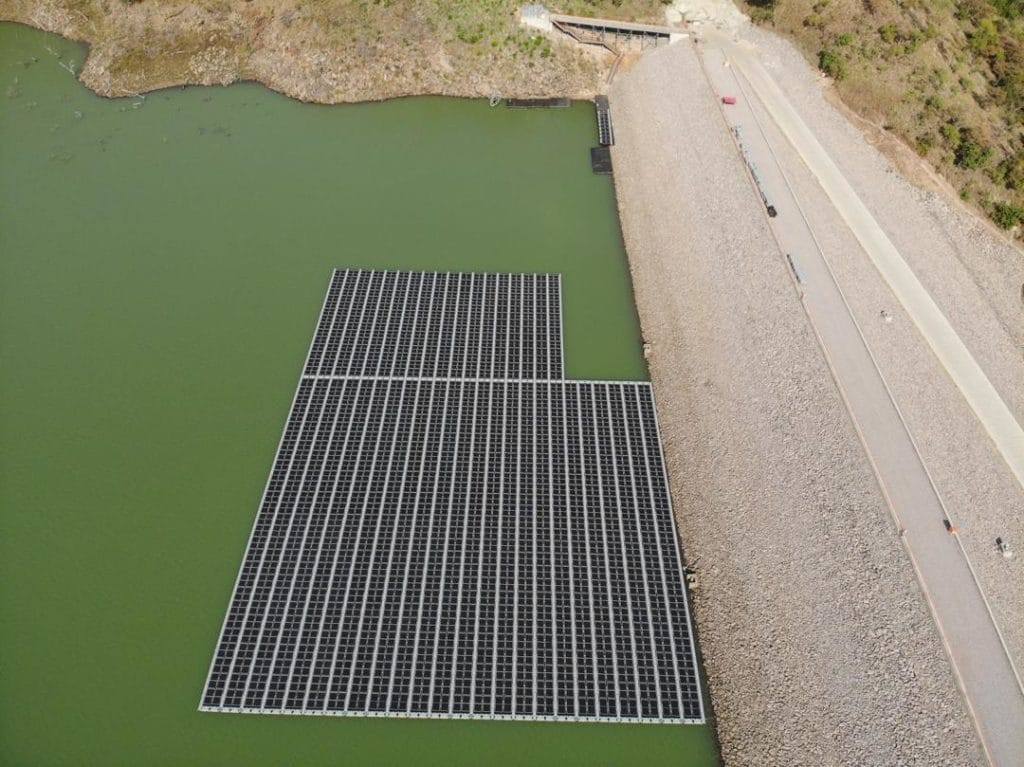From pv magazine France
Africa has a lot of sunshine, which translates into an average annual solar irradiation of over 2000 kWh/m2. However, this potential is far from being exploited and many African countries remain heavily dependent on hydropower. For example, 90% of electricity production in Ethiopia, Malawi, Mozambique, Namibia and Zambia comes from this energy source.
In recent decades though, increasingly frequent droughts have severely affected hydropower production. For instance, in 2016, water losses due to evaporation in African hydroelectric reservoirs amounted to 42 billion cubic meters. This is why installing floating photovoltaic (FPV) panels at existing hydropower reservoirs could help offset hydropower generation during dry periods and reduce evaporation losses, while helping meet the increasing energy needs of Africa's rapidly growing population.
These are the conclusions of the study Assessment of floating solar photovoltaics potential in existing hydropower reservoirs in Africa written by experts from the Joint Research Center of the Commission European and published in January 2021 in Renewable Energy.
The paper provides an analysis of the potential of installing floating PV systems exceeding 5 MW in size on 146 of the largest operational hydropower reservoirs in Africa. According to the researchers, with 100% coverage of water surfaces (i.e. 29,222 km2), a theoretical installed PV capacity of 2,922 GW could be deployed – more than 250 times the cumulative installed photovoltaic capacity on the continent at the end of 2020. A figure that must also be compared to the 28 GW of hydroelectricity already installed in Africa, highlighted the authors.
Overall, the total electricity produced by the floating panels would be 5,293 TWh/year – 50 times more than the hydropower currently produced in these reservoirs. Since this 100% assumption seems unrealistic, the authors also analyzed what a 1% coverage of hydropower reservoirs with floating solar panels could provide.
According to their calculation, the production of solar panels would be 52.9 TWh/year, i.e. an increase of 50% of the annual production of existing hydroelectric plants (105 TWh/year). In addition, water savings could reach 743 million m3/year, increasing annual hydropower production by 170 GWh.
This content is protected by copyright and may not be reused. If you want to cooperate with us and would like to reuse some of our content, please contact: editors@pv-magazine.com.




Hydropower costs